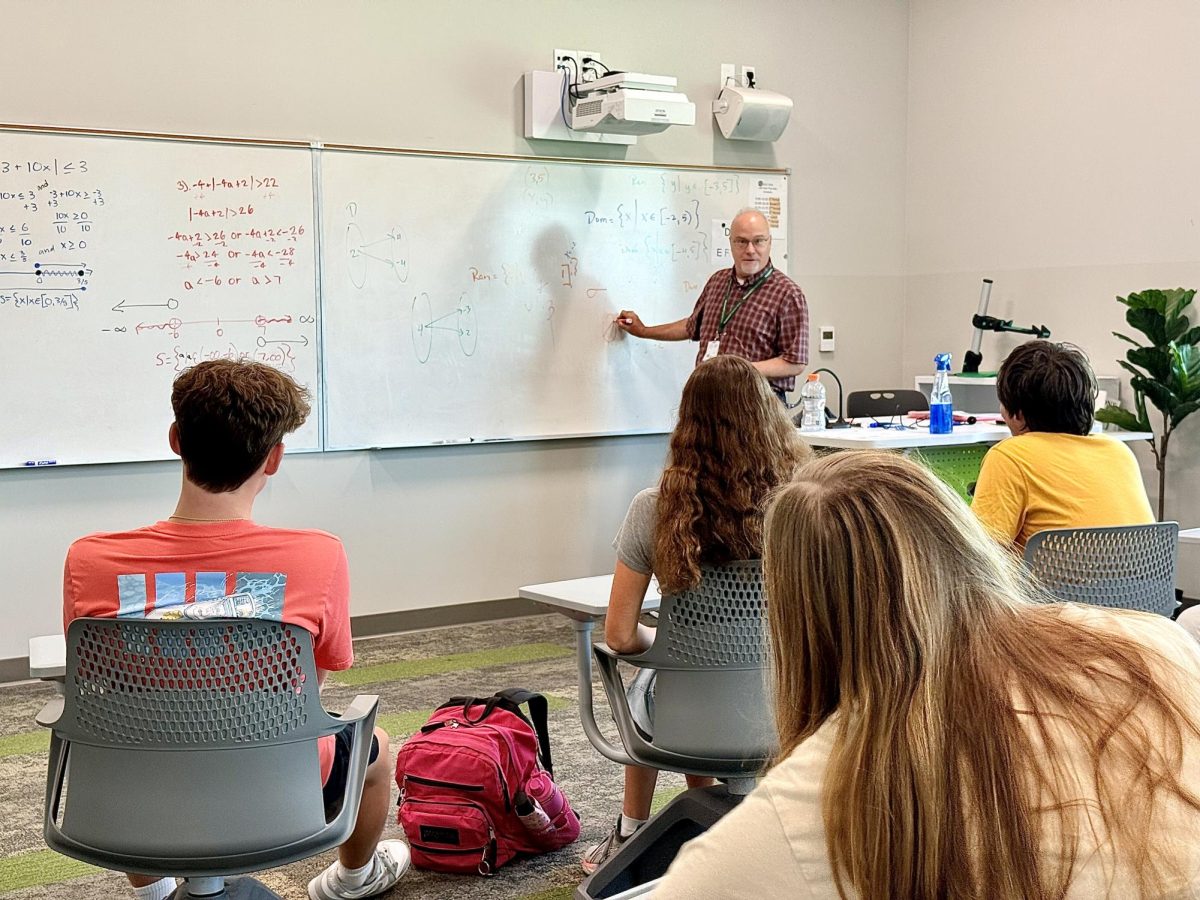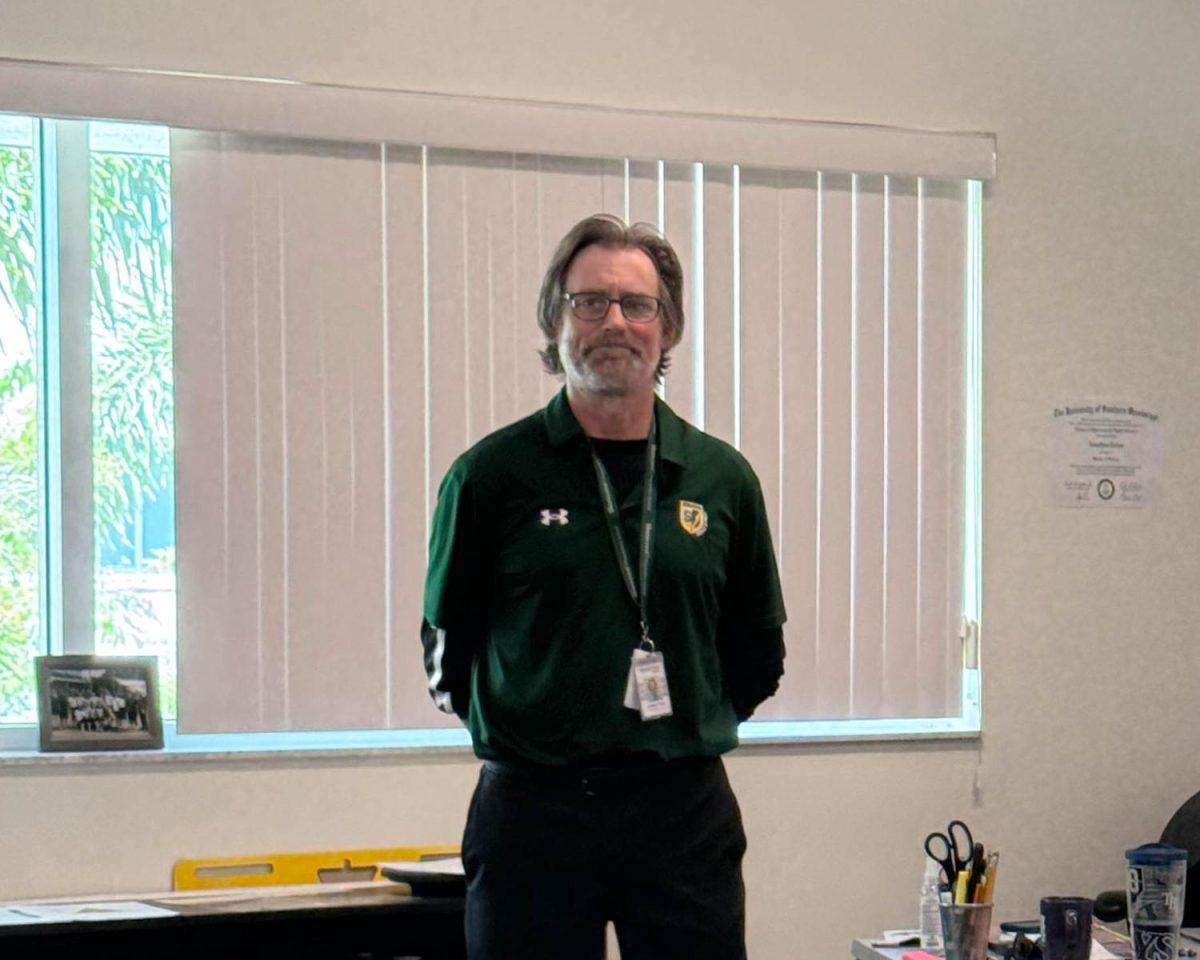你好,很高兴认识你! If Shorecrest offered free access to Mandarin Chinese in addition to French and Spanish, several students in the Upper School would know that sentence translates to “Hello, nice to meet you!” At a school with such well-performing language programs, why are students only given two courses to choose from?
Berkeley Preparatory School, a comparable school to Shorecrest, offers its students Latin and Mandarin in addition to French and Spanish. Another local school, Admiral Farragut Academy, does not offer a French course, but offers Spanish, Mandarin, and American Sign Language (ASL).
Shorecrest students are able to take other languages in place of the basic Spanish or French choice. However, these classes are offered online for a fee. Because of this, students default to the cost-free language options at Shorecrest, preventing the “less popular” languages from being learned in a classroom setting.
“We’re seeing in schools across the country, and rightfully so, the arrival of non-Western languages. Culturally, the more we become a global society, to not offer at least one non-Western language, I think, is selling students short of an opportunity to be as globally competent as we would like them to be,” said US Spanish Teacher and 9th Grade Dean Al Irwin.
One main focus at Shorecrest is promoting a diverse and inclusive community. While Shorecrest prioritizes welcoming students, faculty, and staff from any background, limiting students to two common language options may not serve their best interests.
Japanese, German, Italian, and ASL are some of many that could open eyes within the Shorecrest community. Without access to diverse language options, Shorecrest students may graduate with harmful misconceptions regarding non-European cultures.
Of course, the need for in-person learning may seem unnecessary when a seemingly infinite number of classes are offered virtually. Director of Online Learning Christopher Powers said, “The advantages are the flexibility. You know, if you have a killer math test that day, you don’t have to do your online work during the period you’re assigned. So you can go and do whatever you want to do, meet with your teacher, meet with friends, go hit that test.”
However, sophomore Sofia Lee, who takes Italian online, feels that it could be challenging for non-native speakers to learn a new language without the help of a teacher: “What teachers do is they give you [immediate] feedback on what you get wrong, what you get right, all that stuff.”
Irwin is also against learning languages virtually. “For the most part, I am vehemently opposed. Why? Because one of the biggest components, if you will, of language instruction, and one of the pivotal elements, is what we call negotiation of meaning, those moments where there might be a minor breakdown in communication, and you have to talk your way around a word,” he said.
Ultimately, there is no sufficient alternative for the experience a student receives in a classroom with a teacher. It’s unfair to limit this experience to only two cultures, depriving students of a wider variety of cultural education and immersion.
Irwin said, “The school has to take a hard look at ‘what does our community want?’ But do I think that students do [want more languages]? Do I think it would be a thriving program in time? Yes.”


































![Thespians pose on a staircase at the District IV Thespian Festival. [Front to back] Luca Baker, Maddison Cirino, Tanyiah Ellison, Alex Lewis, Summer Farkas, Jill Marcus, Ella Mathews, Sanjay Sinha, Isabella Jank, Sofia Lee, Boston Littlepage-Santana, Sally Keane, Tyler Biggar, Tanner Johnson, Jasper Hallock-Wishner, Remy de Paris, Alex Jank, Kaelie Dieter, and Daniel Cooper. Photo by Michael McCarthy.](https://spschronicle.org/wp-content/uploads/2024/12/image1-900x1200.jpg)










